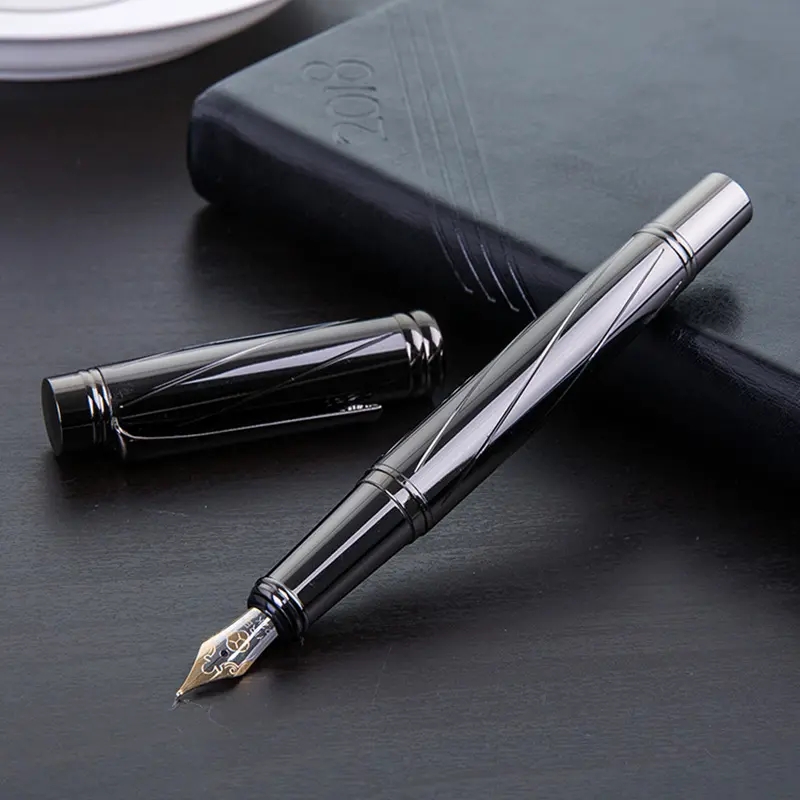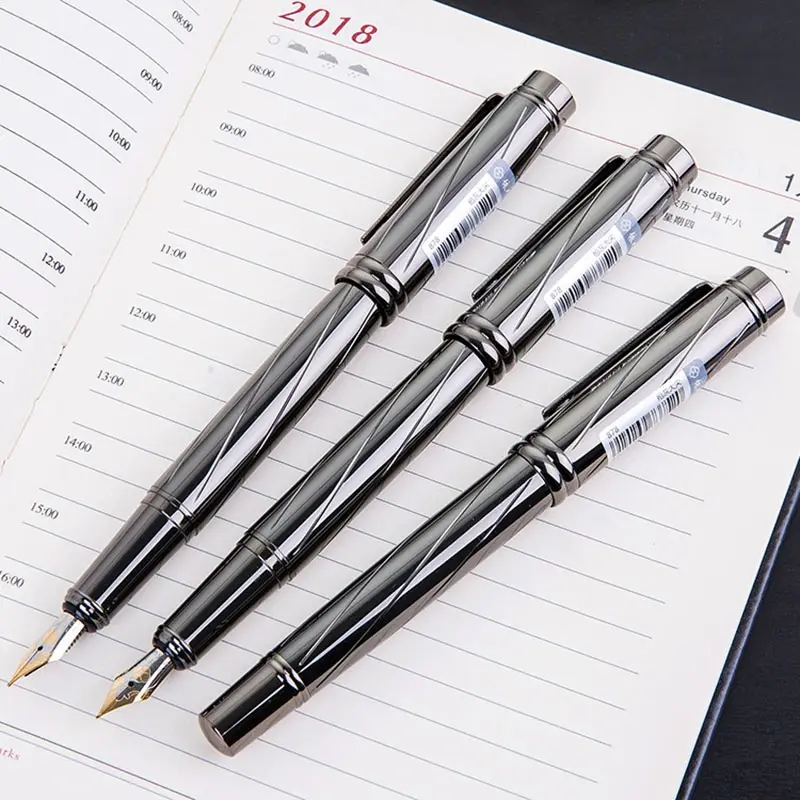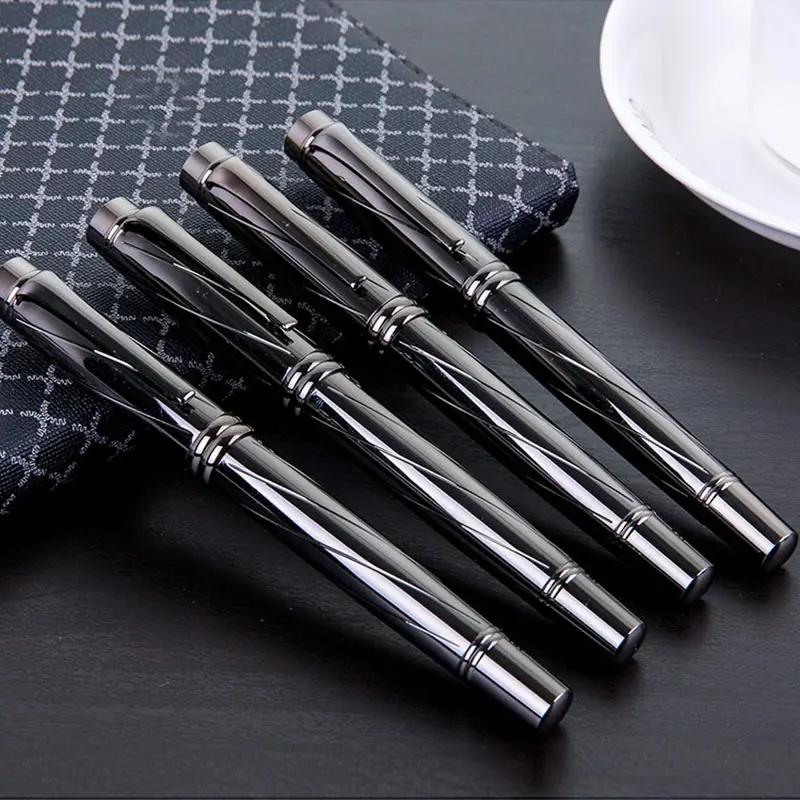In an era defined by digital advancements and instant communication, there exists an enduring symbol of elegance and precision—the Fountain Pen. This exquisite writing instrument carries a rich legacy, intricate craftsmanship, and a devoted following among those who revere the art of fine writing. In this article, we embark on a journey to explore the world of the Fountain Pen, uncovering its historical significance, intricate mechanics, versatile applications, and essential considerations for choosing the perfect one.
1. Embracing the Historical Significance of the Fountain Pen
The Fountain Pen’s history is a testament to human ingenuity and a relentless pursuit of perfection. While early prototypes can be traced back to ancient civilizations, the modern Fountain Pen, as we know it today, began to take form in the 17th century. Over the centuries, inventors and artisans contributed to its evolution, leading to significant advancements in the 19th century. Innovators like Petrache Poenaru and John Jacob Parker laid the groundwork for the modern Fountain Pen. Lewis Waterman’s breakthrough in the late 19th century, addressing ink flow issues, marked a pivotal moment in its history. Since then, the Fountain Pen has embodied sophistication, craftsmanship, and the art of writing.
2. Unveiling the Intricate Mechanics of the Fountain Pen
The Fountain Pen is a masterpiece of design and engineering, comprising several intricate components:
Nib: Often crafted from materials such as stainless steel or gold, the nib is the heart of the Fountain Pen. It defines the pen’s writing style, line thickness, and character, making it a pivotal element in the writing experience.
Ink Reservoir: What sets it apart from other writing instruments is the presence of a refillable ink reservoir, typically situated within the pen barrel. This reservoir ensures a smooth and continuous ink flow, guaranteeing uninterrupted writing.
Feed Mechanism: The feed mechanism governs the ink flow from the reservoir to the nib, ensuring precision and control in every stroke.
Cap: Beyond its functional role in safeguarding the nib from drying out, the cap adds to the pen’s aesthetics and often carries the emblem of the brand, highlighting its heritage and craftsmanship.
3. The Versatile Applications of the Fountain Pen
Fountain Pens transcend their role as mere writing tools; they are instruments of artistic expression and refinement. Their applications span a broad spectrum:
Professional: In formal and business settings, Fountain Pens are highly esteemed for signing important documents, composing handwritten correspondences, and projecting professionalism and attention to detail.
Artistic: Artists, illustrators, and calligraphers favor Fountain Pens for their ability to create expressive lines and nuanced strokes, making them ideal for sketching, drawing, and intricate artwork.
Personal: Many individuals turn to Fountain Pens for personal journaling, introspection, and capturing the essence of their thoughts and emotions, adding a touch of elegance to their personal writings.
Gifting: Fountain Pens are cherished as thoughtful gifts, symbolizing the enduring significance of the written word and the art of communication.
4. Key Considerations for Choosing the Perfect Fountain Pen
Selecting the right Fountain Pen is a deeply personal endeavor. Here are essential factors to consider:
Nib Type: Choose a nib size (fine, medium, or broad) that aligns with your writing style and preferences.
Ink Compatibility: Fountain Pens can accommodate various ink types, including bottled ink and ink cartridges. Consider your preferred ink and refilling method.
Materials and Aesthetics: Fountain Pens come in a diverse array of materials, from classic resin to luxurious metals and exotic woods. Choose one that resonates with your personal style and aesthetics.
Budget: Fountain Pens span a wide price range, from affordable options to high-end collector’s pieces. Determine a budget that suits your tastes.
In conclusion, the Fountain Pen remains a timeless symphony of elegance, precision, and the art of fine writing. With a history steeped in tradition, intricate mechanics, and diverse applications, it continues to captivate those who cherish the beauty of the written word. By understanding its components and reflecting on your personal preferences, you can select the perfect Fountain Pen to elevate your writing experience and make a profound statement of enduring elegance and individuality.



